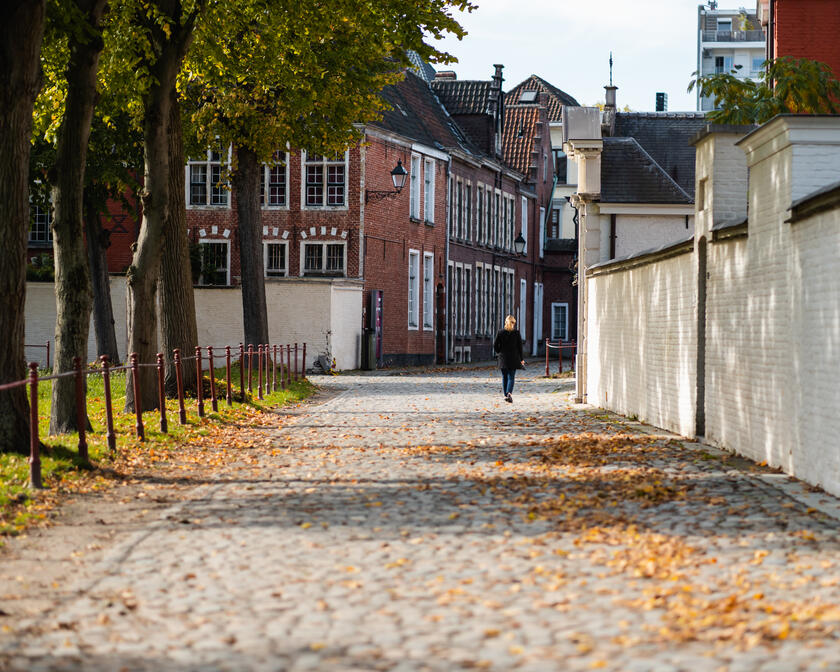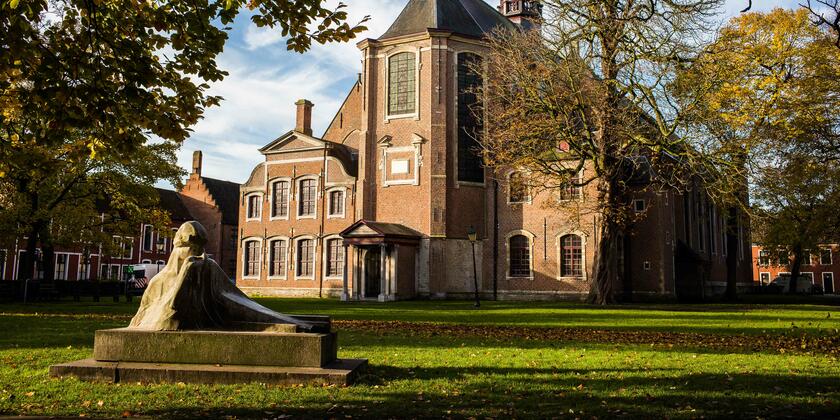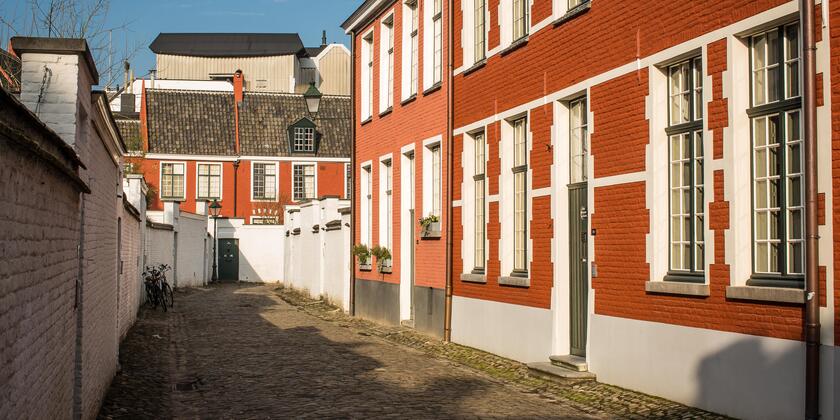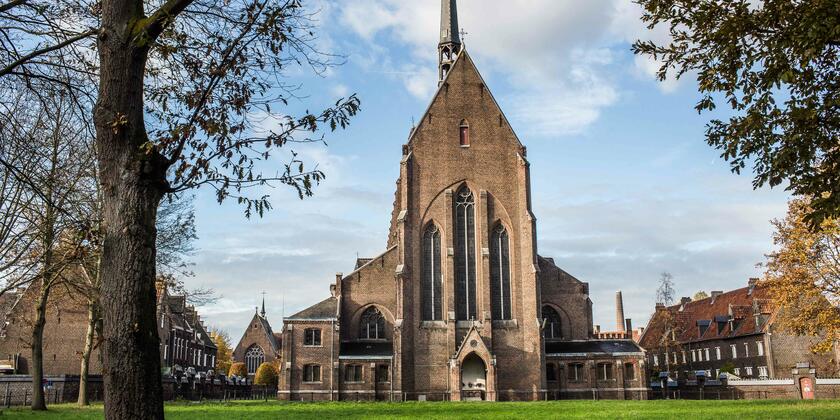
The Great St Elizabeth Beguinage is also known as the “holy corner”, with three different churches nearby: a Roman Catholic church, an Orthodox church and a Protestant church.
The Small Beguinage Our Lady ter Hoyen is the best preserved beguinage dating from before the French Revolution. It dates from 1235 and was founded by the Countess of Flanders.
The Great St Elizabeth Beguinage was built in 1873 and 1874. It’s an exceptionally large beguinage situated just outside the city in the submunicipality Sint-Amandsberg. It was once the home of six hundred beguines. It has been a long time since any beguines lived there, but the tranquil atmosphere of the place is and will always be unique. The last Ghent beguine died in 2008, just shy of her 100th birthday.
Enjoy a walk in the cobblestone streets, escape the hustle and bustle of the city and experience the unique atmosphere that is still lingering in the beguinage today.


